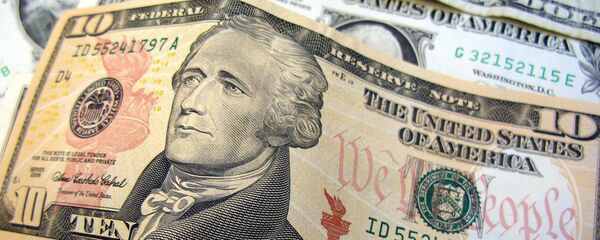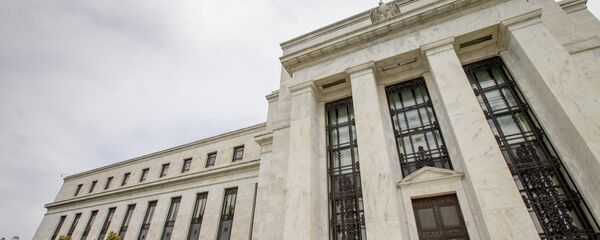US GDP added 0.5% year-on-year in Q1, and whilst oil prices have been low throughout this year thus far hindering inflation, the gradual disbursement in business inventories suggests a pickup in economic activity in Q2. Meanwhile, however, business spending slumped to its steepest since Q2 2009, most prominently, in the energy sector. Rife disinvestment, most prominent in oil industry, is affecting broader US growth.
The US dollar sagged to its 11-month lowest on the news, resulting in moderate gains in oil prices, and stocks edged lower on Wall Street. Crude oil posted a 20% advance in April, meaning a likely uptick in US inflation in Q2, resulting in better GDP performance in the current quarter. As disappointing macroeconomic figures from Q1 are affecting current market performance, emerging trends signal ongoing improvements in US economic growth. Reports on consumer confidence and individual spending for April are due shortly, shedding a light on possible positive developments in the US economy in Q2.
"The economy essentially stalled in the first quarter, but that doesn't mean it is faltering," Joel Naroff of Holland, PA-based Naroff Economic Advisors said. "Some of the restraints to growth are dissipating. Growth is likely to accelerate going forward."
Amidst softer macro data, the US Federal Reserve is seen as protracting on their tightening policies until at least June, meaning any gains in the dollar's FX rate are unlikely in the near-term. That is a relief for US-based multinationals and the broader corporate sector.
Meanwhile, current job market dynamics are encouraging, with first-time unemployment claims having dropped to their lowest since 1973. The US economy added an average of 209,000 jobs in Q1, slightly above the expected 200,000, providing an optimistic outlook on consumption figures. Consumer demand drives over 70% of US GDP. However, labor productivity remained weak in Q1 after having sagged in Q4 2015, reflecting the trend of the economy in adding lower efficient jobs, often sponsored by governmental investment. Wages are still almost stagnant as well.
"The fact that personal consumption is a bit on the soft side is a disappointment, especially in light of the low gasoline prices," Thomas Costerg of New York-based Standard Chartered Bank. "Consumption seems to be stuck in a low gear."
US household purchases, the main indicator of consumer demand, advanced 1.9% from a year ago in Q1 after having gained 2.4% the previous quarter. Albeit still above expectations of 1.7%, spending figures are still a disappointment as cheap oil and, consequently, gasoline and utilities, as well as still low credit interest rates, job gains and warmer winter conditions this year should have all contributed to a more robust uptick, which did not happen.
Historically, the first quarter of the year is the weakest in term of economic expansion, usually due to dire winter conditions negatively affecting consumption. In Q1 2015, US GDP rose 0.6%, accelerating to 3.9% in Q2. In Q1 2014, the US economy contracted by 0.9%, gaining 4.6% in Q2. However, as winter conditions were much warmer this year, the pace of economic expansion was still weak and it was other fundamentals that have hindered growth prospects thus far. Most importantly, corporate earnings declining a third consecutive quarter and lack of domestic investment capital are the two factors marring the outlook on US economic growth.
Inflation excluding food and fuel, however, added 2.1%, in line with the Fed's target. Yet, a GDP-tied measure of inflation rose only 0.7%, hence the central bank's dovishness on policy. Aside of the labor market, most US macroeconomic fundamentals are weak, even though the outlook into Q2 is moderately optimistic, and the economy might as well be narrowly balancing on the verge of recession should negative market-determined factors prevail in the near term.



